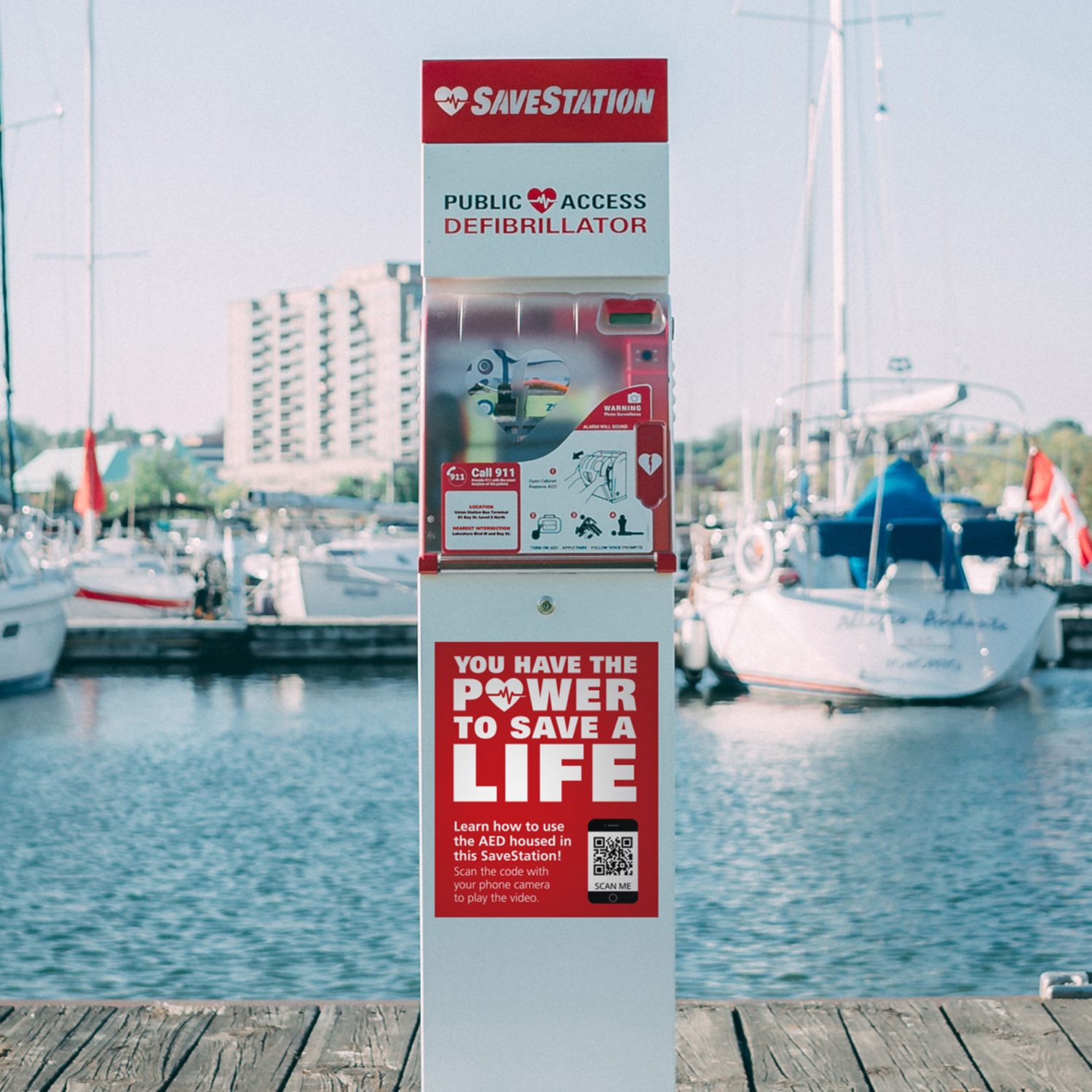
An overview of workplace first aid requirements in Part 11 of Alberta’s Occupational Health and Safety (OHS) Code.
The prime contractor ? or the employer, if there is no prime contractor ? must provide first aiders, first aid supplies, first aid equipment, first aid kits and a first aid room as required by Section 178 and Schedule 2, Tables 4 to 7 of the OHS Code.
Requirements are set according to these considerations:
- Whether work performed on site is classified as low, medium or high hazard, per Schedule 2.
- The number of workers per shift.
- Whether the work site is a close, distant or isolated work site, per Schedule 2.
Sections 179 and 181(2) of the OHS Code set out additional requirements for prime contractors and employers in relation to first aid services, supplies and equipment. These include requirements related to:
- Location of and accessibility to first aid supplies, equipment, and kits.
- Maintaining and identifying first aid supplies, equipment and kits.
- Signage related to the location of first aid services, equipment and kits.
- Ensuring an emergency communication system is in place for workers to summon first aiders.
Per Schedule 2 of the OHS Code, first aid kits must meet CSA Standard Z1220-17, First aid kits for the workplace. In consulting the schedule, it may help to know that:
There are three types of CSA standard kits:
- Type 1 are for personal first aid in low, medium, and high risk environments.
- Type 2 are for basic first aid in low and medium risk environments.
- Type 3 are for intermediate first aid in higher risk environments.
Type 2 and Type 3 CSA standard kits come in three sizes: small, medium and large.
The prime contractor – or the employer, if there is no prime contractor – must designate first aiders according to Schedule 2, Tables 5 to 7 of the OHS Code as required by Section 181(1).
The first aiders required in the tables are basic, intermediate, advanced, advanced care paramedics and nurses. All these terms are defined under the OHS Code.
First Aid Training
The prime contractor ? or the employer, if there is no prime contractor ? must ensure designated workplace first aiders have successfully completed training from an Alberta approved first aid training agency (Action First Aid is an approved agency). The training provided by approved training agencies must comply with CSA Standard Z1210-17.
The three levels of first aid certification under the CSA Standard Z1210-17, First aid training for the workplace – Curriculum and quality management for training agencies are basic, intermediate and advanced.
Note that an advanced first aider can be an emergency medical responder or primary care paramedic (as defined in the OHS Code) or a person who holds a certificate in advanced first aid from an approved training agency.
Under Section 181(3) of the code, emergency medical responders, primary care paramedics and advanced care paramedics do not require first aid certificates.
First Aid Provision in Medical Settings
Section 181(4) of the OHS Code states that first aider requirements in Section 181 do not apply to hospitals, medical clinics, physicians’ offices or nursing homes defined in the Nursing Home Act where a physician, nurse or licensed practical nurse is readily available.
The prime contractor ? or the employer, if there is no prime contractor ? must develop and implement an emergency transportation plan before sending workers to a work site. The emergency transportation plan must ensure that ill or injured workers can be transported to the nearest health care facility.
The prime contractor or employer can choose the method of transportation, providing it meets the requirements stated in Section 180(2) of the OHS Code. Per the code, the transportation must:
- Be suitable, considering the distance to be travelled and the types of illnesses or injuries that may occur at the work site.
- Provide protection against the weather.
- Have a way to communicate with the destination health care facility.
- Be able to accommodate a stretcher and an accompanying person.
The prime contractor or employer must ensure that ill or injured workers are accompanied by at least one first aider during emergency transport, as well as the vehicle driver. (For clarity, the vehicle driver can’t be the first aider who is accompanying the ill or injured worker).
OHS Code, Section 180(4)
Note that the requirement for an accompanying first aider does not apply at work sites with three or fewer workers.
Under Section 182 of the OHS Code, workers who become ill or injured at the work site must report, as soon as possible, the illness or injury to the prime contractor (or to the employer, if there is no prime contractor).
Section 183 of the OHS Code states an employer must record every illness or injury that occurs at the work site. Illness and injury records must include:
- The ill or injured worker’s name.
- A description of the illness or injury.
- First aid given to the worker.
- The first aider’s name.
- The training level of first aider.
- The date and time the illness or injury occurred.
- The date and time the illness or injury was reported or the employer otherwise became aware of the illness or injury.
- Where the illness or injury occurred at the work site.
- The work-related cause of illness or injury, if any.
The illness or injury record must be kept for three years from the date that the illness or injury was recorded.
Section 184 of the OHS Code sets out rules for access to records of first aid given to workers.
Under Section 184, a person who has custody of the records must ensure that no person other than the related worker has access to their workplace first aid record, unless one or more of the following apply:
- The record is in a form that doesn’t identify the worker.
- The worker has given written permission to disclose.
- Access, use and disclosure is either authorized or required by law.
Section 31(6) of the OHS Act permits a Director of Medical Services (or a person authorized in writing by the director) access to certain records. Access to first aid records falls under Section 31(6)(e).
Other legislation such as the Alberta Workers’ Compensation Act, the Health Information Act, the Personal Information Protection Act, the Freedom of Information and Protection of Privacy Act, and Canada’s Personal Information Protection and Electronic Documents Act may also have provisions authorizing access, use and disclosure of personal information.
Upon request, an employer must provide a worker with a copy of the worker’s first aid records.
An illness or injury record template is available for download from the OHS Resources Portal.
Alberta toll-free
1-866-415-8690
Edmonton region
780-415-8690
Deaf or hard of hearing (TTY)
1-800-232-7215 (Alberta toll-free)
780-427-9999 (Edmonton region)
Notify OHS of health and safety concerns: https://www.alberta.ca/file-complaint-online.aspx
Report a Workplace Incident to OHS: https://www.alberta.ca/ohs-complaints-incidents.aspx
Get copies of the OHS Act, Regulation and Code: https://www.alberta.ca/ohs-act-regulation-code.aspx

